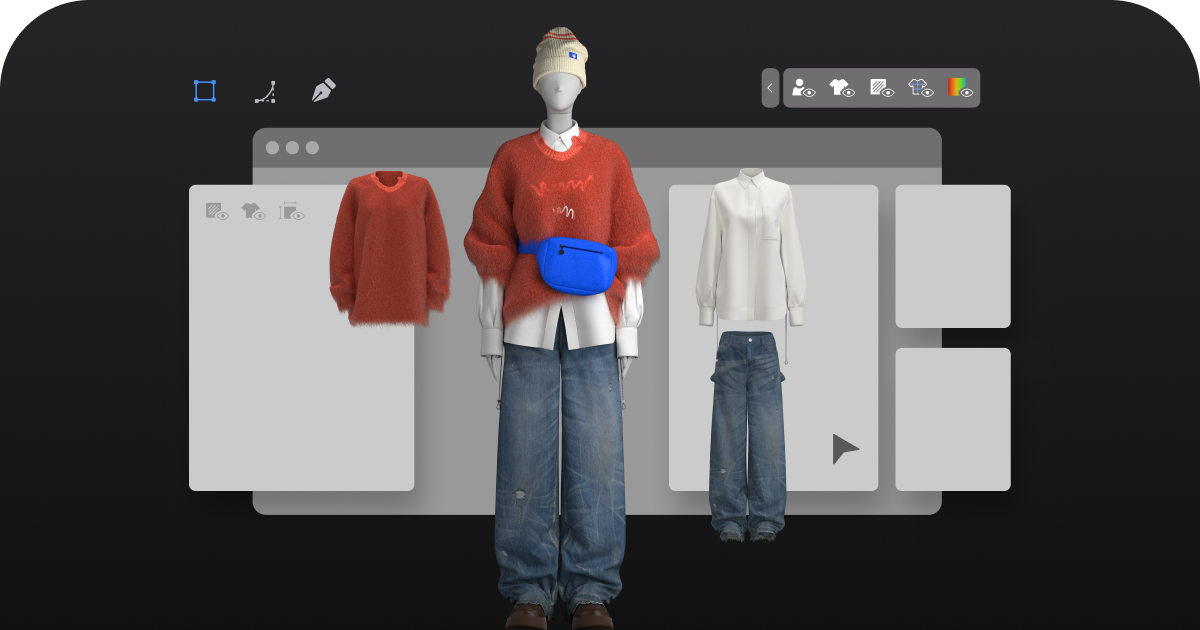
# Fashion Design Software: Essential Tools for Modern Designers
## The Evolution of Fashion Design Software
Fashion design software has revolutionized the way designers create, visualize, and produce their collections. Gone are the days when designers relied solely on paper sketches and physical prototypes. Today, digital tools have become indispensable in the fashion industry, offering precision, efficiency, and endless creative possibilities.
From simple sketching applications to comprehensive 3D design suites, fashion design software caters to professionals at every level. These tools not only streamline the design process but also facilitate collaboration between designers, pattern makers, and manufacturers.
## Key Features of Modern Fashion Design Software
Contemporary fashion design programs offer a wide range of features that address various aspects of the design process:
– Digital sketching and illustration tools
– Pattern making and grading capabilities
– 3D garment visualization
– Fabric simulation and draping
– Color palette creation and management
– Technical drawing functions
– Measurement and sizing tools
– Collaboration and sharing features
## Popular Fashion Design Software Options
Several software solutions have emerged as industry standards, each with its unique strengths:
### 1. Adobe Illustrator
While not exclusively for fashion, Illustrator remains a favorite for creating technical flats and detailed fashion illustrations. Its vector-based approach ensures clean, scalable designs.
### 2. CLO 3D
This innovative software specializes in 3D garment simulation, allowing designers to see how fabrics will drape and move before creating physical samples.
### 3. Browzwear
A comprehensive solution offering 3D design, pattern making, and virtual prototyping capabilities, widely used by major fashion brands.
### 4. Optitex
Known for its advanced pattern making tools and realistic fabric simulation, Optitex helps designers create accurate digital prototypes.
## Benefits of Using Fashion Design Software
The advantages of incorporating digital tools into the design process are numerous:
Keyword: fashion design software
– Reduced material waste through virtual prototyping
– Faster iteration and design modifications
– Improved accuracy in pattern making
– Enhanced visualization for clients and stakeholders
– Streamlined communication across teams
– Cost savings in sample production
– Easier archiving and retrieval of designs
## Choosing the Right Software for Your Needs
When selecting fashion design software, consider these factors:
– Your specific design needs (2D vs. 3D, illustration vs. technical design)
– Budget constraints
– Learning curve and available training resources
– Compatibility with other tools in your workflow
– Hardware requirements
– Industry standards in your particular niche
## The Future of Fashion Design Technology
As technology advances, we can expect fashion design software to incorporate more AI-driven features, enhanced virtual and augmented reality capabilities, and even more realistic fabric simulations. These innovations will continue to transform how designers bring their visions to life, making the creative process more efficient and sustainable.
For modern fashion designers, mastering these digital tools is no longer optional—it’s essential for staying competitive in an increasingly digital industry. Whether you’re a student, independent designer, or part of a large fashion house, investing time in learning and utilizing fashion design software will pay dividends in your creative output and professional success.